Considered by many to have been the world’s greatest athlete, Jim Thorpe persevered through triumphs and tragedy.
-
October 2022
Volume67Issue5
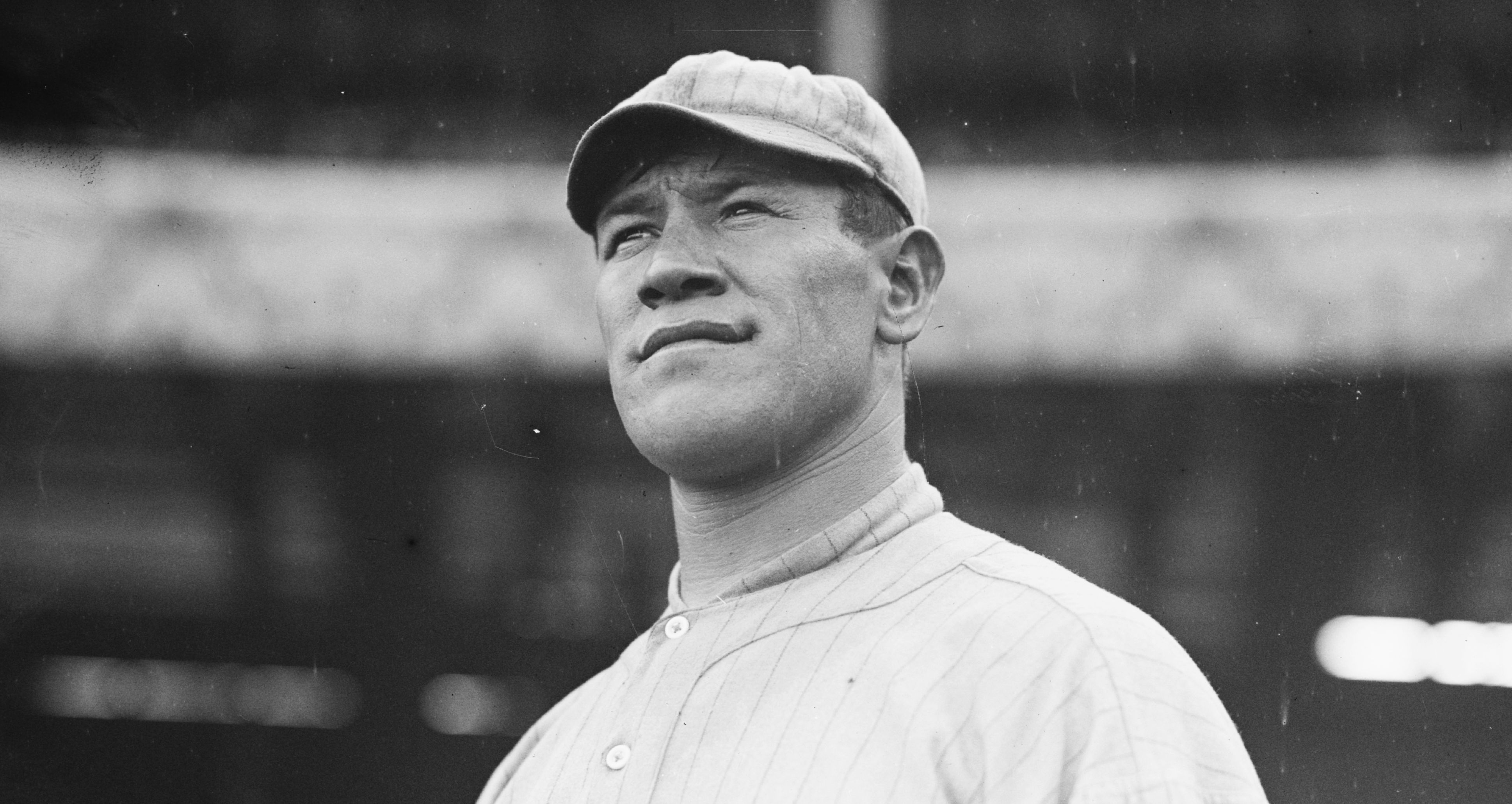
Editor’s Note: This summer, Jim Thorpe’s records at the 1912 Olympic Games were finally restored, 110 years too late. He lost them after it was discovered he had violated the Olympics’ strict amateurism regulations at the time; he had briefly been paid $25 a week to play minor league baseball.
We asked historian David Maraniss, author of the just-published book, Path Lit by Lightning: The Life of Jim Thorpe, to provide us with an overview of the life and accomplishments of one of America’s greatest athletes. Maraniss is a New York Times bestselling author, Pulitzer Prize winner, and associate editor at The Washington Post. He has published 13 books, including well-received biographies of Bill Clinton and Barack Obama.
People were eager to see “the Big Indian” as soon as he returned to America. Jim Thorpe was a celebrity, a global sensation after winning two gold medals at the 1912 Olympic Games in Stockholm, where the dapper king of Sweden was said to have called him the greatest athlete in the world.
The first public stop on home soil was Boston, where a local newspaper heralded Jim’s exalted status by suggesting he pose as the Indian on the flip side of the buffalo nickel. Boston’s mayor, an avid sports fan, challenged him to a race in the hundred-yard dash at the Elks Club picnic. John “Honey Fitz” Fitzgerald, five years away from becoming the grandfather of a future president, jocularly boasted that he might not need a head start to keep up with James Francis Thorpe.
Speechwriters for President William Howard Taft were already drafting a letter of praise on behalf of the nation, asserting the fond hope that Jim Thorpe’s Olympic victories in the pentathlon and decathlon would “serve as an incentive to all to improve those qualities which characterize the best type of American citizen.” The White House seemed clueless about the fact that the United States government did not yet consider Thorpe any type of citizen, best or otherwise. From Boston, it would be on to Carlisle, New York City, and Philadelphia, where exuberant crowds jostled for the best view of the new American colossus.
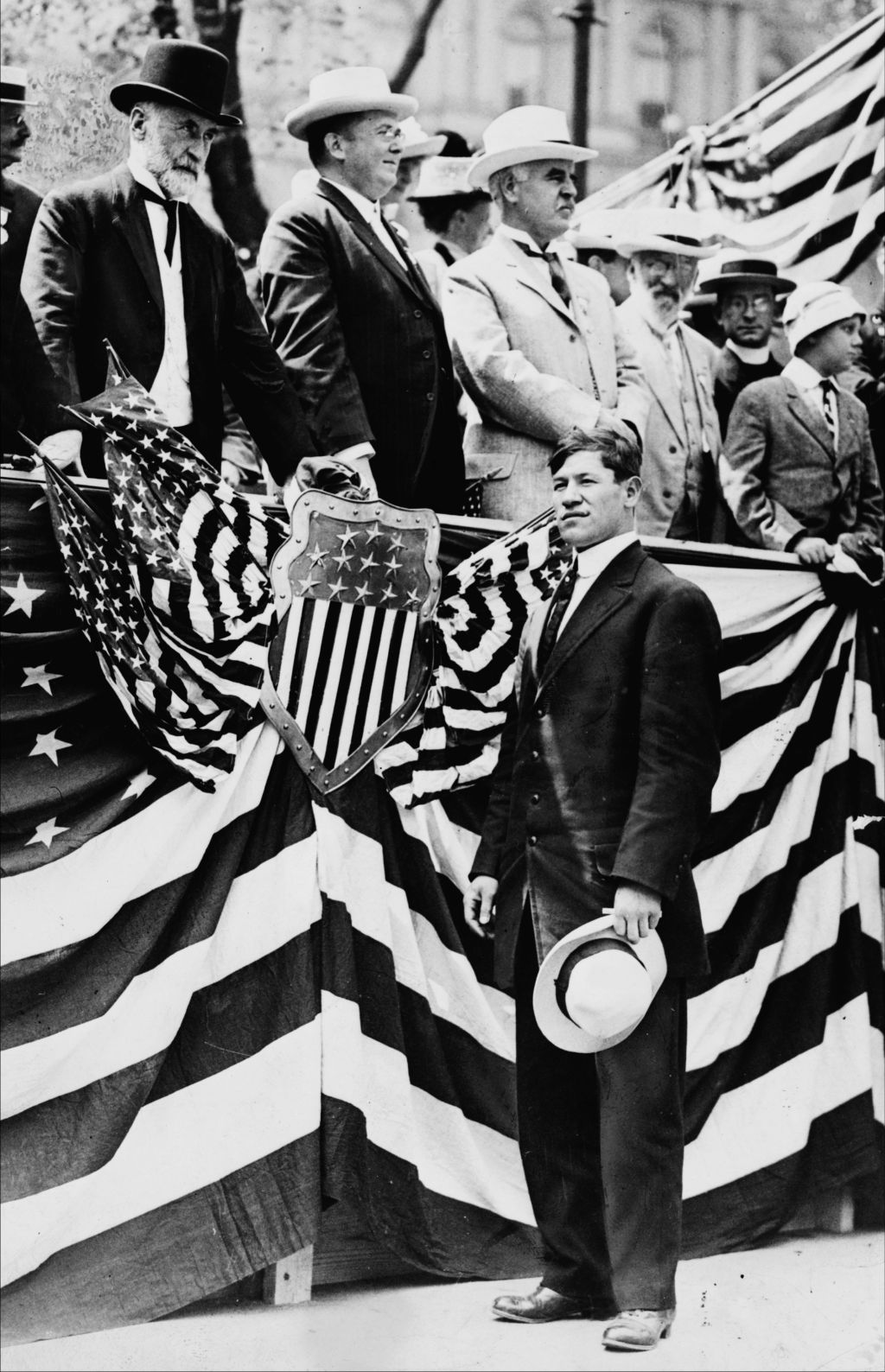
The festivities in Carlisle started at 2:00 on the soft summer afternoon of August 16 with a parade from the railroad station to the Carlisle Indian Industrial School half a mile away. As a teenager, Thorpe had been sent away to the school in Pennsylvania, the federal government’s flagship Indian boarding school, where the focus was more on forced acculturation than education, and the methods were crude, cruel, and dehumanizing. Football, as a college sport then largely the province of Ivy League good old boys, was considered a central component of the assimilation process.
The festivities were the biggest thing that had ever happened in Carlisle, and the “gorgeously decorated” town shut down to celebrate. A carriage carrying Thorpe, his teammate, the long-distance runner Louis Tewanima, and coach “Pop” Warner rolled just behind the parade marshals, followed by a marching formation of ninety-one Indian students militarily attired in their cadet uniforms, and then an assortment of town bigwigs and council officials and more students accompanied by Moses Friedman, the Indian school’s superintendent. The sidewalks were lined ten deep along pockets of the route out to Biddle Field, the new athletic grounds, where the Eighth Regiment band performed as seven thousand students and locals filled the bleachers and grandstands to hear the speeches.
Superintendent Friedman spoke first. He called the day a national occasion of which the entire country should be proud. These were “real Americans,” he said of Thorpe and Tewanima, whose forebears were “on the reception committee which welcomed to this soil and this glorious New World the famed first settlers who arrived on the Mayflower.” No sooner had Friedman recited the founding fable of racial conciliation than he shattered it, perhaps unwittingly, with an undeniable truth about forced acculturation. His subject was the little runner, Tewanima.
“One of these young men came to this town and to the Indian school five years ago virtually as a prisoner of war,” the superintendent said. “His people, the Hopi tribe of Arizona, had been giving the government much trouble and were opposed to progress and education. It was finally decided to send twelve of the men and the most influential of the tribe to Carlisle to be educated in order to win them over to American ideals.” Tewanima was one of the twelve Hopi prisoners the U.S. government had sent to Carlisle.
“They came with long hair and some of them with earrings,” said Friedman. “They were pagans and opposed to education and American civilization.” As he looked toward his Hopi student, Friedman burst with pride about all that Carlisle and that half decade had accomplished. “Louis Tewanima here is one of the most popular students at the school and has an enviable record. You know of his athletic prowess. I wanted you to know of his advancement in civilization and as a man.”
Friedman then turned to Thorpe. “There is another here today who is now known over all the world. The world’s greatest athlete is also an Indian. We welcome you, Jim Thorpe, to this town and back to your school. You have covered yourself with glory. By your achievement, you have immeasurably helped your race. By your victory, you have inspired your people to live a cleaner, healthier, and more vigorous life.”
As further testament to Thorpe’s achievement, letters were shared from the highest officials in Washington, D.C. There was the one from President Taft, an almost identical letter from Walter L. Fisher, Secretary of the Interior, and, finally, one from Robert G. Valentine, commissioner of Indian Affairs. It was a deputy in Valentine’s office who had instigated the letter-writing by noting in a memo: “It seems to me that when an American Indian wins honors of this kind against all the world, he has done something to show the stuff his people are made of, at least physically, and that some personal recognition from you might not be amiss.”
Pop Warner spoke next. Friedman had introduced him by praising the coach for turning out “clean and strong athletic teams.” At the time, Pop was regarded as the father of Carlisle’s success, overseer of the Olympians, and the man responsible for victories on the football field year after year, all of which brought outsize recognition to the school. In a few years, like Friedman, he would depart Carlisle shadowed by scandal. Now, by some accounts, he received the loudest ovation at Biddle Field. He talked about how celebrations for the U.S. Olympic team would be held in many cities, but “none will have a greater right to celebrate than Carlisle.” He said that he and Thorpe had “fought it out” over who would speak first, until Thorpe relented. Unlikely, given Thorpe’s reserved public nature, and that when Thorpe’s turn came, he limited his speech to twelve words: “All I can say is that you showed me a good time.”
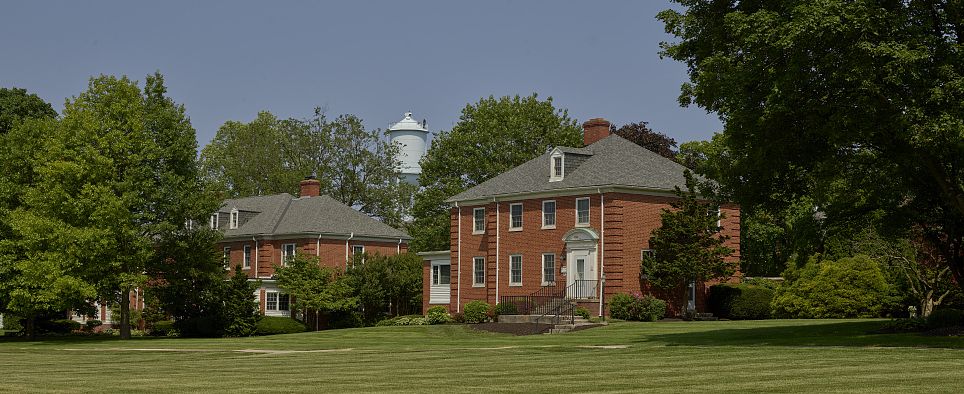
Thorpe would become one of the few Native Americans of the twentieth century whom people could cite and praise, even if they knew little else about the indigenous experience. The late Reuben Snake, onetime Chairman of the American Indian Movement and member of the Winnebago nation, said that to be an Indian meant “having every third person you meet tell you about his great-grandmother who was a real Cherokee princess” and “nine out of ten people tell you how great Jim Thorpe was.”
Thorpe was an archetype, a gifted athlete, and a stereotype, the romanticized noble Indian. He was a foundational story of American sports.
As with most public figures of that sort, the man became shrouded in myth. Born in 1887, in the Indian Territory of what later became Oklahoma, Thorpe was the quintessential underdog who rose from nowhere to become the greatest athlete in the world, the Natural who could do anything on the fields of play. He was an Olympic champion decathlete in track and field, a football All-American, a star pro and first president of what became the National Football League, and a major league baseball player, a seemingly indestructible force who ran like a wild horse thundering downhill, yet was also a graceful ballroom dancer and gifted swimmer and ice skater.
When people display such rare physical gifts, there is a tendency to lift them into the realm of the superhuman, as if human magnificence is insufficient. That was certainly true with Thorpe. The hyperbolic stories told by writers and sports fans over the decades could fill many notebooks. As is also often the case, there were times when Thorpe became the storyteller of his own legend. Jim loved to recall the tale of how, at Carlisle, he brilliantly ran a punt back for a touchdown against Army, and when the score was nullified by a penalty, he simply repeated his touchdown gallop on the next play. He was indeed the dominant player in that game, but the back-to-back touchdown runs never happened.
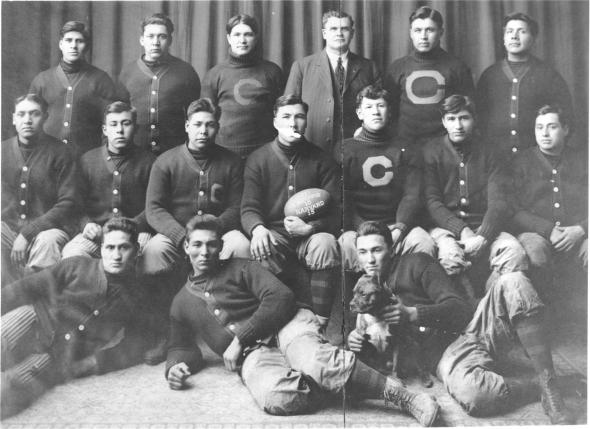
Nor is there any truth to Thorpe’s boast that, during a baseball game in Texarkana, he hit three home runs into three separate states, Arkansas, Texas, and Oklahoma. He did hit three home runs, but the three-state hat trick was a geographic impossibility. It was mythmaking in the American tradition of George Washington, Paul Bunyan, Davy Crockett, and Babe Ruth.
But there was another myth at the center of the Thorpe story, a deeper and more pernicious fiction that had to do with the history and treatment of the American Indian: the notion that the Great White Father knows best. Thorpe’s life spanned a sixty-five-year period when the dominant group believed the best way to deal with Indians was to rid them of their Indianness and make them as white as possible.
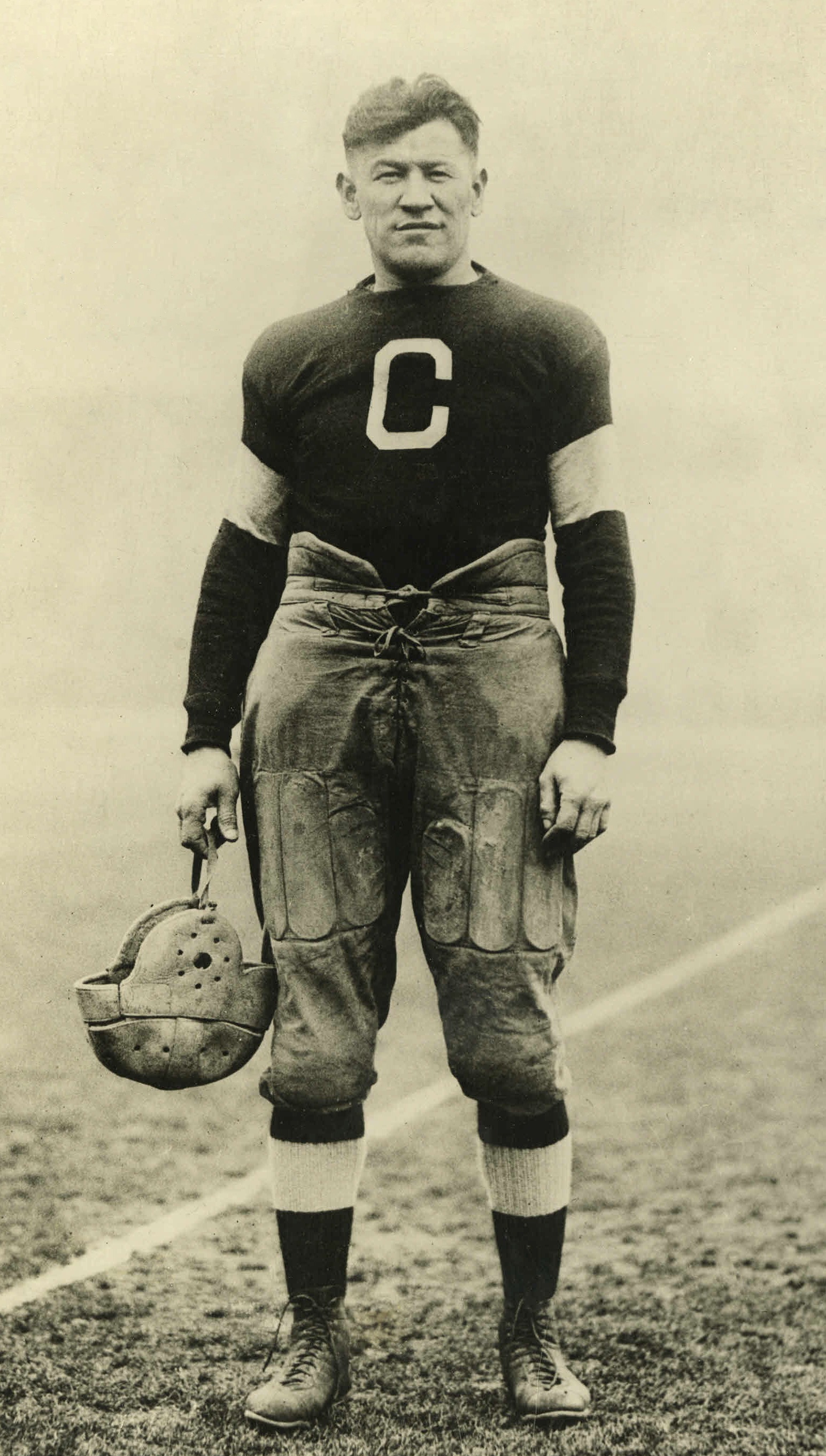
It was that mentality that shaped Thorpe’s life. Much of the territory of his Sac and Fox and Potawatomi people was lost when the federal government moved to strip them of communal property, opening up vast swaths of territory to the land rushes that white Oklahoma settlers and their descendants celebrated as Boomer Sooner frontier derring-do.
For all of the Carlisle School’s failings and questionable intentions, some of its students considered their boarding school years among the best of their lives. Jim sometimes claimed that himself. It is fair to say that few would know or care about him had he not gone there and shown his unmatched athletic skills to the nation and the world.
Whether Jim would have had a happier life without the hoopla of fame is another matter. He was not a loner and he had a touch of mischief to him, but he was innately modest and comfortable away from the limelight. He was most relaxed while stalking the woods or sitting on a riverbank or ocean pier, hunting or fishing. In the years after his playing skills faded, he was troubled by alcohol, broken marriages, deferred dreams, lost opportunities, and financial distress resulting from a generosity that lapsed into wastefulness.
He was the American nomad, migrating from job to job, state to state, in search of a peace he never found before he died of a heart attack in a trailer park in southern California in 1953 at age sixty-five.
At times, Jim was his own worst enemy, yet throughout his life, he had to deal with powerful white men who tried to control his fate. Some presented themselves as his savior, others as his moral superior. The most notable example of the savior type was Pop Warner at Carlisle. In Jim Thorpe – All-American, the 1951 movie version of his life, Thorpe (played by Burt Lancaster) is the main character, but Warner, who consulted on the script, is portrayed as the hero and wise man who discovered the raw athlete, molded him into a superstar, and then tried time and again in later years to save Jim from his worst impulses.
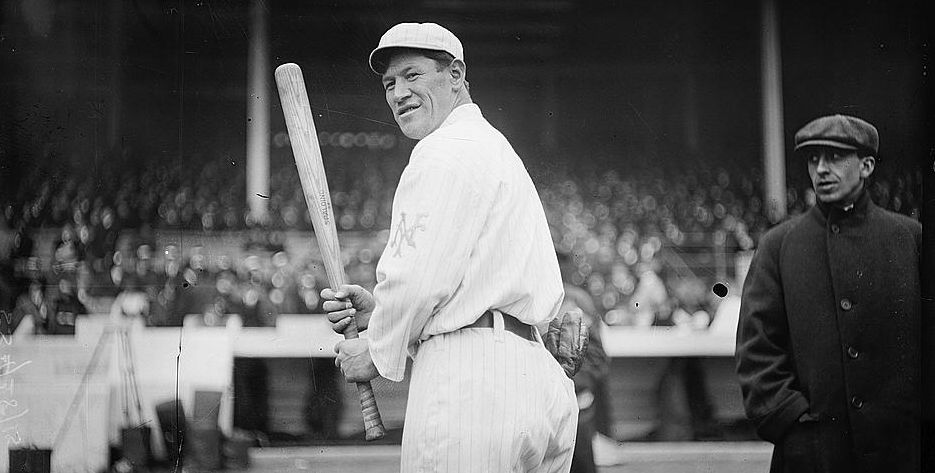
The true story is less flattering. Warner was a hypocrite, if not a coward. At the time of Jim’s greatest peril, when his Olympic medals were taken from him because he had played bush league baseball, Pop lied and feigned innocence to save his own reputation, while portraying Jim as the ignorant native. There is strong evidence that James E. Sullivan, then the big man of American amateur athletics and the person most responsible for the decision to deny Thorpe his medals and records, was also duplicitous during that ordeal, even as he claimed to be upholding the righteous cause of pure amateurism.
And then there was Avery Brundage, once a decathlete himself and a teammate and rival of Jim’s at the 1912 Stockholm Olympics. Brundage performed miserably there and dropped out of the competition when the going got tough, an early refutation of his later bromide that, in the Olympic ideal, participation was what mattered, not performance.
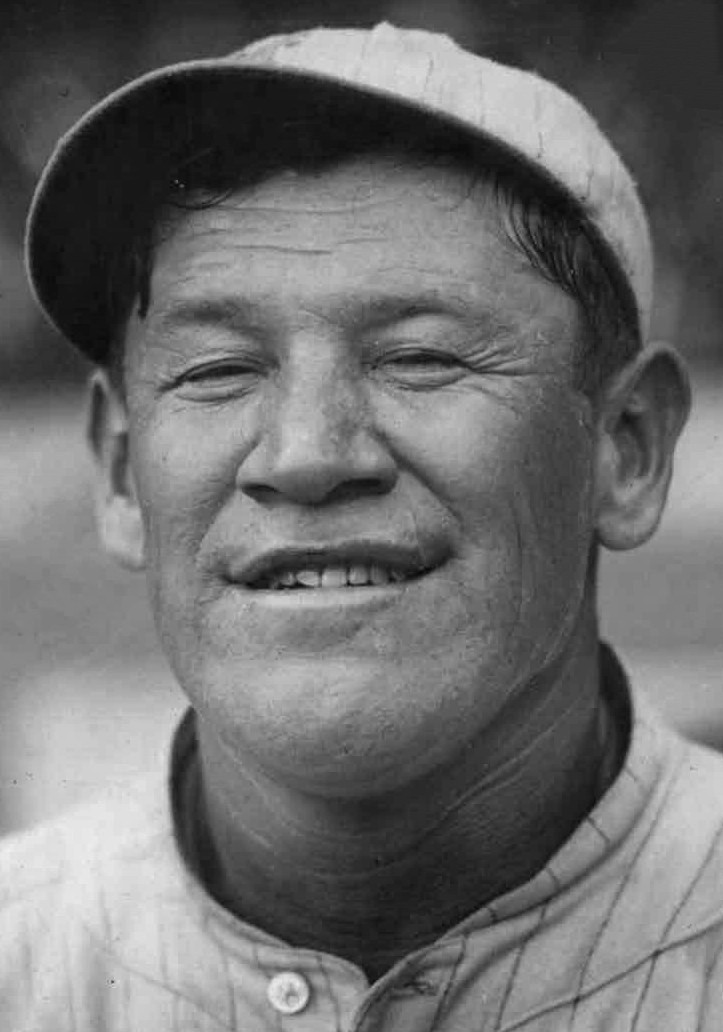
Brundage went on to a high-flying career as the holier-than-thou arbiter of all things amateur in the world of sports, and for decades, as he rose through the ranks from president of the U.S. Olympic Committee to head of the International Olympic Committee, he consistently refused to reconsider the injustice done to Thorpe, often complaining that he, not Jim, was the victim of unfair treatment. In the long list of Brundage’s misdeeds, some others were more inexcusable, especially his cozying up to the Nazi organizers of the 1936 games in Berlin, but his condescending and dismissive attitude toward Thorpe stood as Exhibit A in his hypocritical moral superiority.
Thorpe’s unparalleled athletic accomplishments did not make his life triumphant. His days were marked by loss. The loss of tribal lands. The loss of his twin brother in childhood. The loss of his namesake son at age three. The loss of his Olympic medals and records. His loss of money and security and equilibrium. There is a temptation, then, to view his story as tragedy, but I emerged from my study of his life with a different interpretation. It is also a story of perseverance against the odds.
For all his troubles, whether caused by outside forces or himself, Jim Thorpe did not succumb. He did not vanish into whiteness. The man survived, complications and all, and so did the myth.

